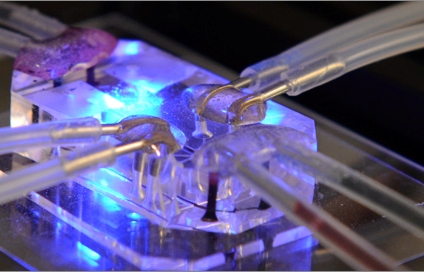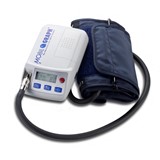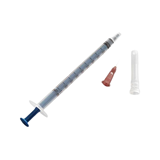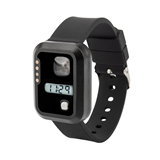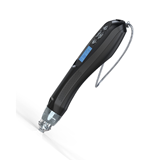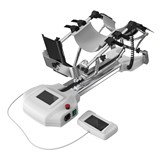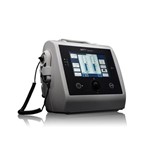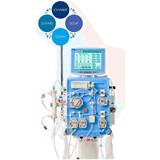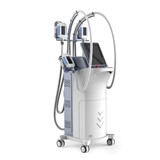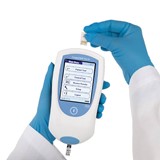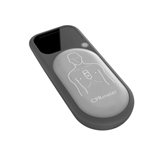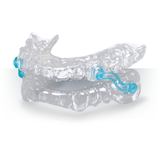The technology is called Organs-on-Chips, and it was developed by Donald Ingber and Dan Dongeun Huh at Harvard's Wyss Institute. After nearly seven years of research, the team has perfected these micro-devices lined with actual human cells: micro-devices that can mimic the function of a whole organ at once.
So far, the team has replicated the functions of fifteen different organs, including the liver, kidneys, heart, and lungs. The lung chip, a thumb-sized block of clear plastic imbued with a membrane holding human lung and blood capillary cells, expands and contracts when plugged into a special machine. The cells respond as if they're part of an actual lung.
The advantages of this technology are everywhere. In addition to eliminating the difficult expense of lab animal care, Organs-on-Chips allows researchers to work with human cells. "The animal model is not very predictive," offered Dr. Tony Bahinski, lead senior staff scientist at the Wyss Institute.
"It has clearly hindered new drugs getting to patients. In developing these systems that utilise human cells, that mimic the key functions of human organs, we might have better translation and better predictivity."
Though further testing and development is needed, the team's design was enough to woo the London Design Museum, as they awarded the innovation the prestigious Design of the Year Award.
"The team of scientists that produced this remarkable object don't come from a conventional design background," said Deyan Sudjic, director of the Design Museum.
"But what they have done is clearly a brilliant piece of design."
They took on the big problem of predicting how human cells will respond, Sudjic added, "and solved it with elegance and economy of means, putting technology from apparently unrelated fields to work in new ways."

